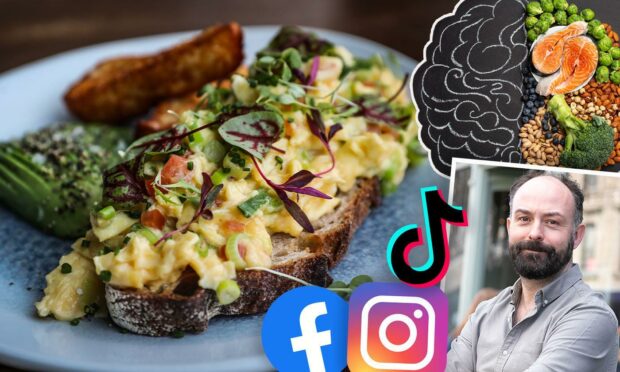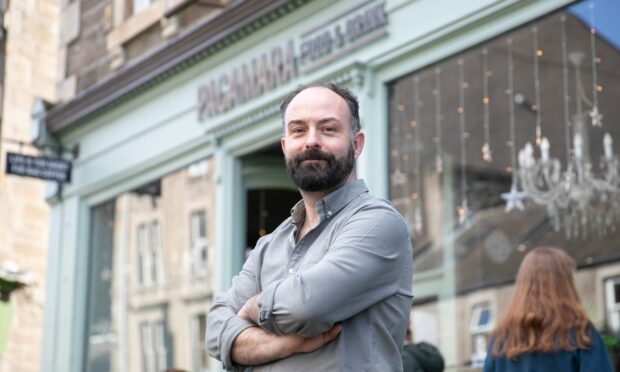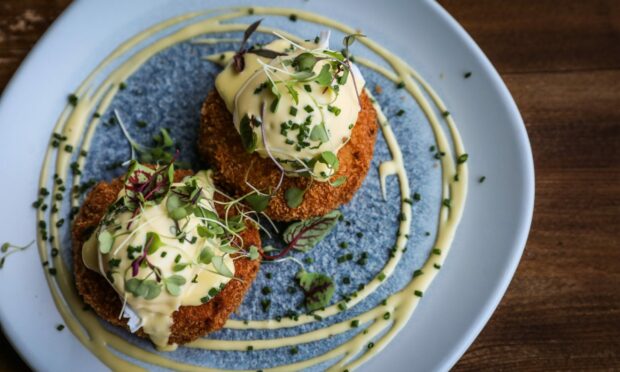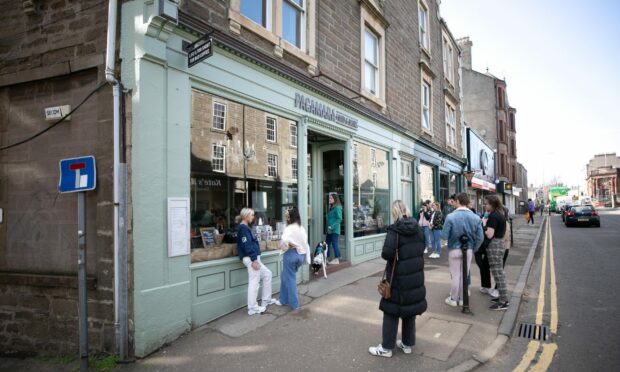How does social media affect a restaurant? In the digital era we now find ourselves in, is the look of the food just as important as the taste?
Following on from last week’s food behaviour article on how social media impacts food choices, this week I am investigating further with a focus on how social media affects restaurant venue Pacamara in Dundee.
Speaking with the restaurant and small business owner Barry Thomson, I explored the topic of social media and how it affects his business in both positive and negative ways.
Although social media may have its advantages, Barry agrees that it can have a massive influence in the way people eat and affects the types of food that an individual orders at his eatery.
He also speaks of the challenges that can present themselves and the importance of visual presentation of food, now more than ever.
Is social media a help or a hinderance?
When asked if social media can influence what people order Barry commented: “Yes, it can be a new dish that we’ve introduced and want to entice customers to try, or it can be an old favourite that reminds them that they haven’t had it for a while.
“Either way a great food picture should make someone want to visit us soon.”
Barry feels that social media has always helped him in his venture.
“I always say a guest’s picture is the best advert for us, because its honest and is a true reflection of what that guest was served and how the dish looked.”
This directly relates to how much care a restaurant puts into the dishes they serve according to Barry.
“If chefs don’t care about how their work looks then this will come across in the guest’s photo.
“That’s when it has the potential to become a hinderance and it’s the owner/head chef’s responsibility to set the standard within that business.”
Good looks make for higher expectations
For Barry, the look of the food is an important part of the dish with the belief of food online being the best advert for his restaurant.
“Although aesthetics are important it’s even more important that how the dish tastes meet a guest’s expectations as a bare minimum. But if we’re really good at our job then we can exceed it,” Barry explains.
Although when the food looks excellent, he notes that is where the challenge comes in, stating.
“The better the food looks then the higher those expectations will be!”.
Barry believes every dish leaving the kitchen should be picture perfect as it could end up online for other potential customers to see.
Flavour is what brings customers back
However, for Barry flavour is king and is what keeps his eatery busy with new and returning customers.
He continued: “Food that looks great will entice someone to visit us in the first place, but it’s tasting great that will bring them back again and again.
“There’s nothing worse than tucking into something that looks delicious to find that it doesn’t deliver on flavour. That’s the place you won’t be in a rush to go back to.”
Although this may sound stressful, Barry stated: “It creates a challenge, but I think if you’re not up for that then you’re probably in the wrong game.”
This article is part of an ongoing series where topics around food and drink and behaviour will be discussed.
If you have any suggestions on topics you would like to read about, please provide your suggestions in the submission form below.
Mariam Okhai is a food and drink journalist who also researches food behaviour.
She has a Masters in Behavioural Science for Management from the University of Stirling. Her undergraduate degree was in Psychology and Business Economics with Marketing.
She is also a certified habit coach.
You can find out more about her research on her Behavioural Foodie website.



